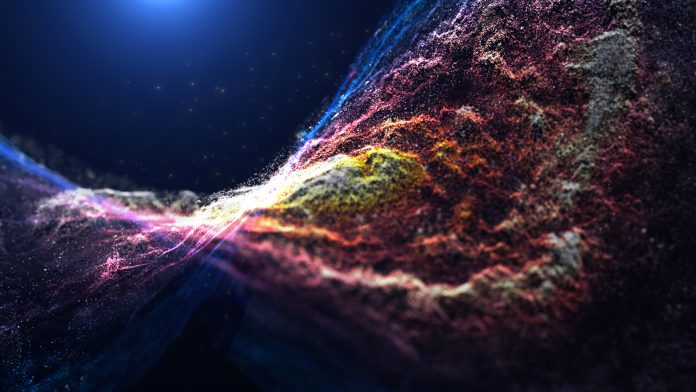Researchers from Japan have discovered that a star’s mass is determined by the gas accretion from its core, not the mass at its inception.
The investigation, conducted at the National Astronomical Observatory of Japan, surveyed star formation activity in the Orion Nebula Cluster – unearthing that mass distribution for new-born stars and dense gas cores were homogenous, indicating that gas accretion is responsible for this.
The infinite expanse that is the Universe is residence to an unquantifiable number of stars, with their mass varying considerably from one, to the next. For example, although seemingly colossal, our Sun is considered a medium-sized star, with the goliath UY Scuti that is 1,700 times larger, dwarfing it considerably.
Until now, what determined the mass of a star remained a mystery; all we knew was that their formation was caused by dense cores in interstellar gas that form stars by collapsing under the force of their gravity.
Nevertheless, there are two competing theories that potentially shine a light on an area, which, by definition, has never been more illuminated. The first of these theories is the core-collapse model – where larger stars result from larger cores. Contrastingly, in the competitive accretion model, each core’s mass starts relatively similar, instead accreting different quantities of gas from their neighbouring surroundings.
To differentiate between the two, the research team led by Hideaki Takemura constructed a map of the Orion Nebula Cluster in the areas where novel stars are forming – employing data from the American CARMA interferometer and NOAJ’s Nobeyama 45-m radio telescope to do so.
The unparalleled high resolution of the map allowed them to analyse and compare the masses of newly formed stars and gravitationally collapsing dense cores – concluding that mass distribution was similar for the two populations, with numerous smaller cores not attaining enough gravity to contract into stars.
Because the core has a propensity to impart the entirety of its mass to a new star, this demonstrates that continued gas inflow is an essential factor, which infers that the competitive accretion model may be the more accurate method.
The team are looking to use their investigation method to study other star clusters in the universe.









